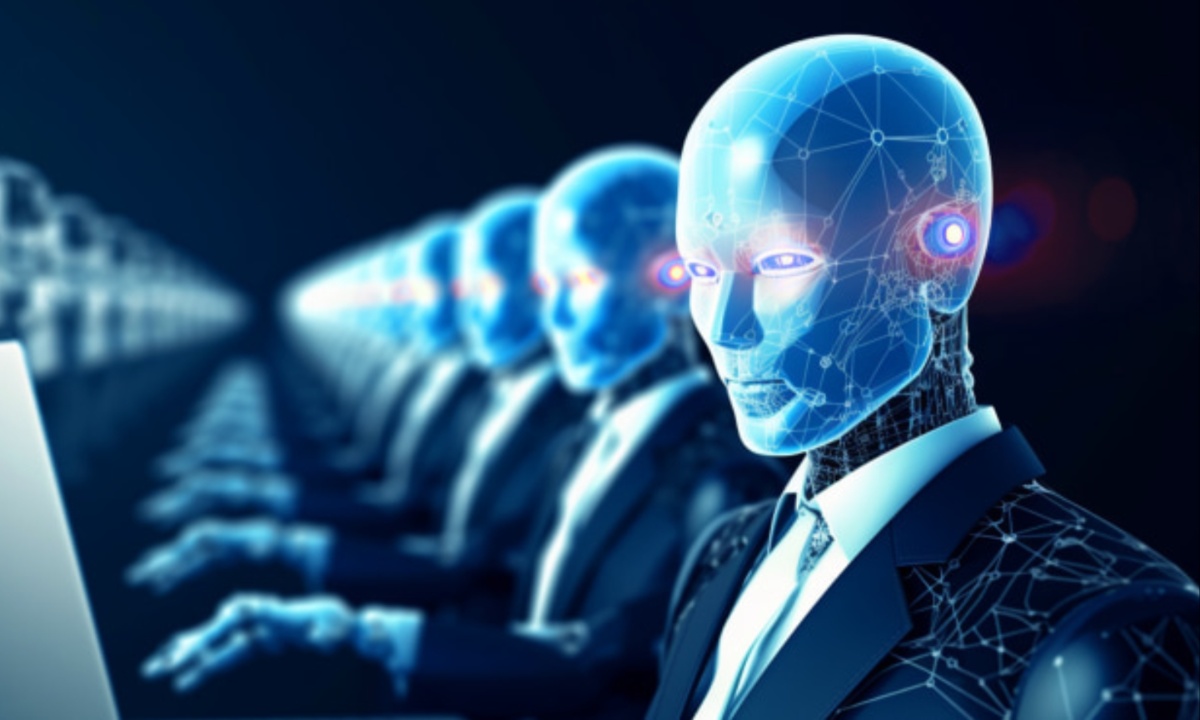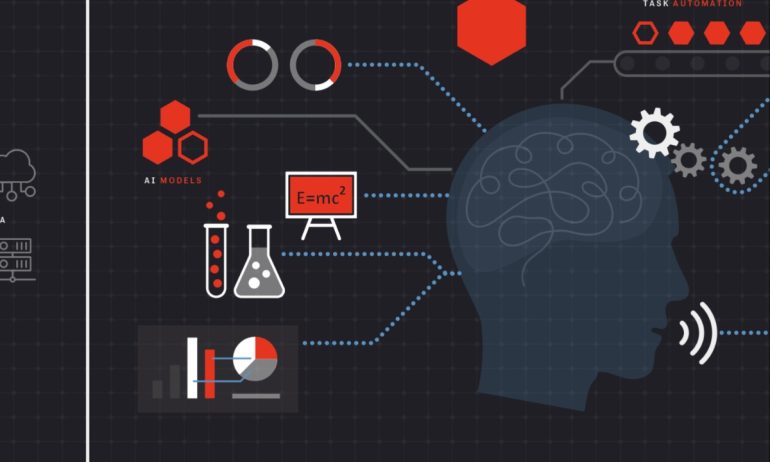AI has significantly impacted modern enterprises, with 92% of companies planning to increase their AI investments, according to McKinsey researchers. Industries such as finance, healthcare, retail, and manufacturing are already reaping the benefits of AI in automating tasks, predicting market trends, and improving overall efficiency. Despite these advances, many businesses still use one-size-fits-all AI models, like ChatGPT, which may not fully address their unique needs or challenges.
Moving Beyond General AI Models to Adopt Specialized AI Tools for Business Efficiency
Relying solely on general AI models can limit a business’s potential. The future lies in a multi-AI strategy, where multiple specialized AI tools are integrated to achieve more competent and efficient outcomes. Businesses need to move beyond general AI models and adopt specialized agents tailored to particular tasks. This approach ensures that companies can remain competitive as AI technology continues to evolve.

ChatGPT, a widely used AI model developed by OpenAI, is known for its ability to engage in conversations, answer questions, and assist with content generation. While ChatGPT excels in text-based tasks and customer support, it falls short in areas requiring complex decision-making, real-time data processing, and industry-specific expertise. For businesses in sectors like healthcare and finance, precision and specialized knowledge are crucial, making ChatGPT insufficient for some applications.
Embracing Agent Networks and Multi-AI Integration for Complex, Interconnected Business Challenges
Agent networks represent the next phase of AI evolution. These networks consist of multiple AI “agents,” each specialized in a specific task, working together to address complex, interconnected problems. For example, in a retail environment, one agent could focus on inventory management, while another manages customer interactions, and a third predicts sales trends. This decentralized, collaborative approach allows businesses to tackle broader challenges by leveraging the strengths of different AI models.
To unlock the full potential of AI, businesses must integrate multiple AI models. A multi-AI strategy combines the strengths of various technologies, such as using ChatGPT for natural language processing and specialized agents for specific tasks. Seamless integration is key, and companies must ensure that the different AI models can communicate effectively.
Identifying the right models, considering long-term AI needs, and using compatible technologies like APIs and cloud platforms can help businesses create a sustainable, evolving AI framework that drives efficiency and innovation.

